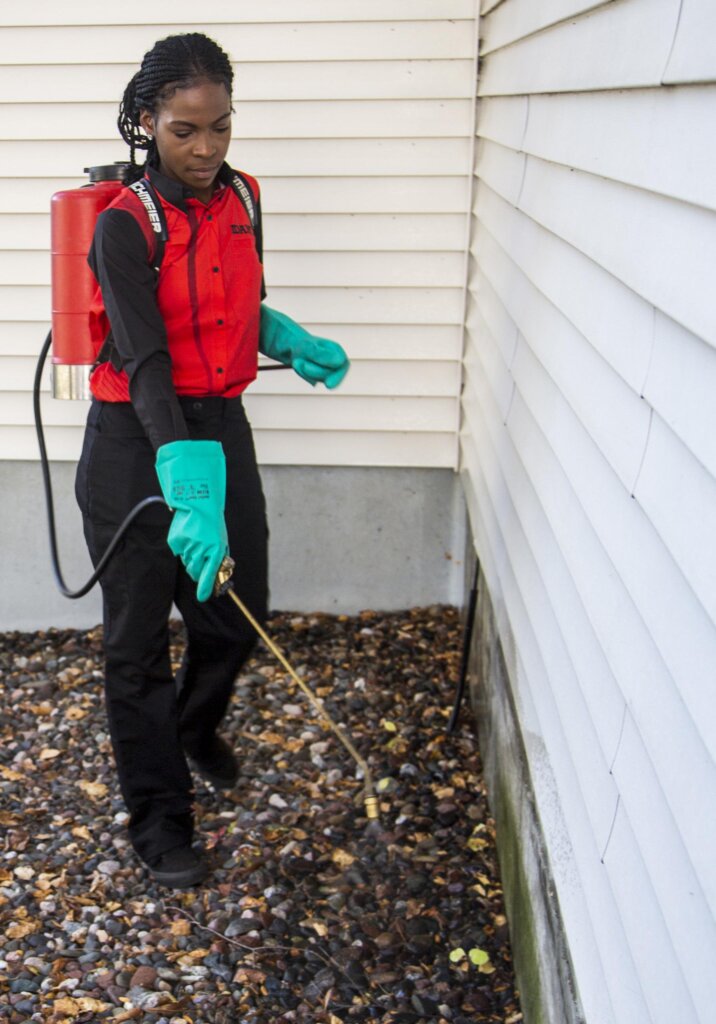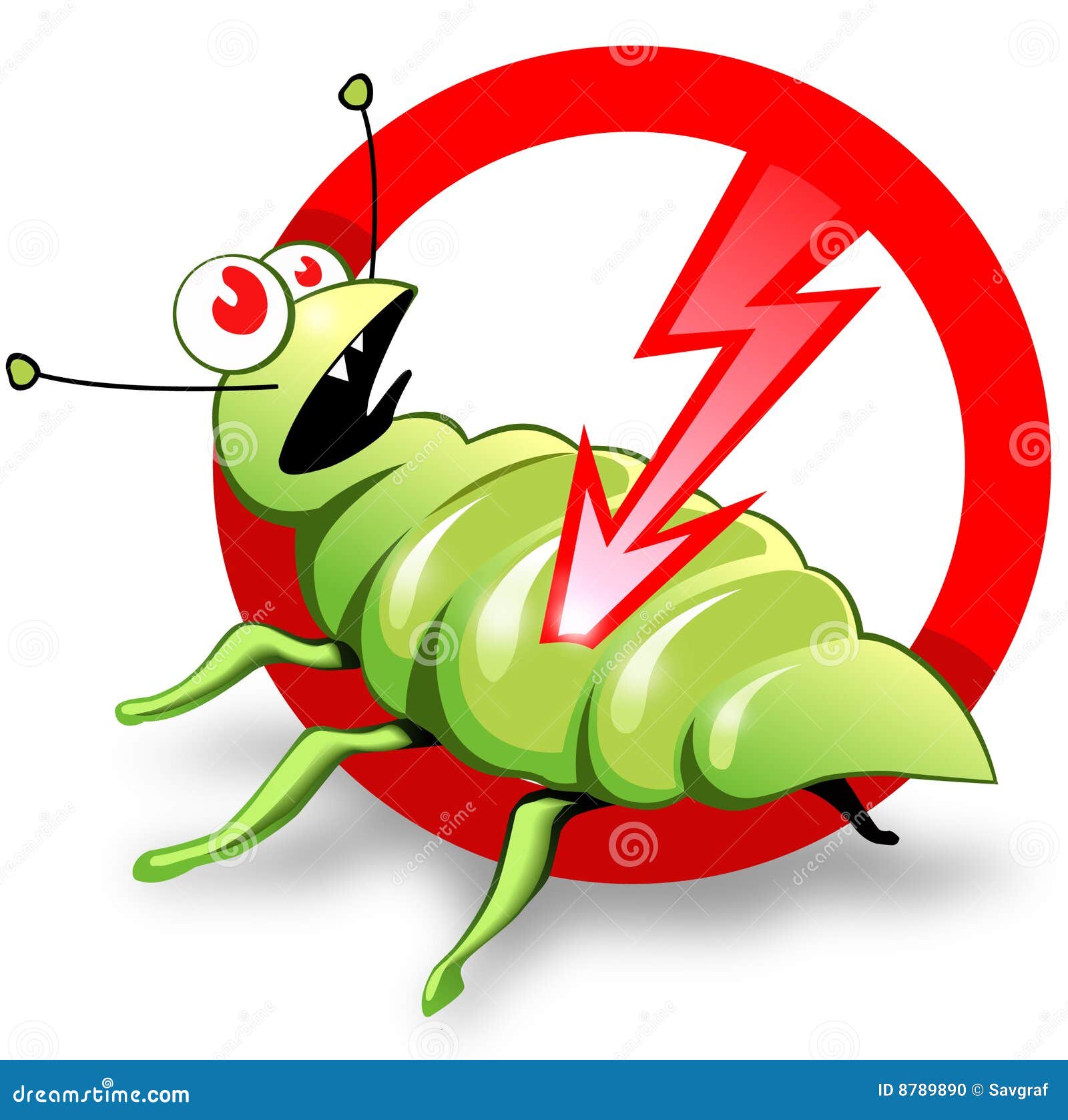Thorough Pest Control to ensure year-long protection from pests.
Eco-Friendly Insect Control Approaches for Taking Care Of Wildlife in Urban Areas
Urban locations typically find themselves at the junction of human task and wild animals, bring about unique difficulties in bug administration. Eco-friendly strategies emphasize sustainable conjunction, employing strategies such as habitat modification and natural repellents to reduce human-wildlife disputes. These strategies not just safeguard the setting however additionally boost area involvement in wildlife administration. As metropolitan populations remain to grow, understanding the dynamics of wildlife interactions ends up being increasingly vital. What cutting-edge approaches can be applied to guarantee both environmental equilibrium and city security? Exploring this concern exposes an engaging landscape of possible options.
Comprehending Urban Wildlife Dynamics
Understanding Urban Wildlife Dynamics is necessary for creating effective and green bug control strategies. Urban locations are progressively coming to be habitats for numerous wild animals varieties, driven by factors such as habitat fragmentation, food schedule, and human encroachment. Identifying these characteristics permits a nuanced strategy to pest monitoring that lines up with environmental concepts.
Urban wild animals commonly consists of varieties such as raccoons, squirrels, and birds, which adapt to city settings, locating niches in eco-friendly rooms, parks, and also domestic areas. Their existence can lead to problems with humans, specifically when they make use of human sources for food and shelter. Comprehending the habits and environmental duties of these species notifies strategies that reduce negative interactions while advertising biodiversity.
Furthermore, acknowledging the interdependencies within metropolitan environments helps in determining important locations for habitat conservation and reconstruction. This understanding adds to the growth of incorporated pest monitoring (IPM) techniques that take into consideration the ecological equilibrium, thereby decreasing reliance on dangerous chemicals. By cultivating conjunction between people and city wild animals, cities can develop much healthier settings that profit both locals and local communities, paving the way for sustainable metropolitan living.
Natural Repellents and Deterrents
All-natural repellents and deterrents offer a sustainable choice to traditional pest control techniques by utilizing the power of nature to maintain undesirable species at bay. These eco-friendly remedies generally utilize plant-based active ingredients, necessary oils, and other normally occurring compounds that hinder parasites without harming the atmosphere.
One effective natural repellent is peppermint oil, which is understood to ward off rats and bugs. Its strong scent is undesirable to lots of insects, making it a popular option for metropolitan settings. Vinegar and citrus peels can offer as deterrents, as their solid smells are usually uninviting to different wild animals.
In addition, diatomaceous earth is an all-natural powder that can be spread out in areas susceptible to bug activity, properly dehydrating and hindering bugs without posing threats to non-target types. Garlic sprays and neem oil are recognized for their capacity to fend off a wide variety of parasites, including both pests and larger wildlife.
Applying these natural repellents not just decreases dependence on chemical pesticides but likewise advertises a healthier city environment, fostering a much more well balanced coexistence between human beings and wild animals. By making use of these methods, city locations can effectively manage pest populations while decreasing ecological impact.
Habitat Alteration Strategies
Reliable habitat modification techniques play a critical role in lasting bug administration by changing the atmosphere to make it less for pest problems. By recognizing the environmental dynamics of city areas, homeowner can implement critical adjustments that discourage insects while promoting biodiversity.
(Bed bug exterminator Port Charlotte)One primary technique includes preserving proper sanitation. This consists of regular waste removal, protecting garbage can, and eliminating standing water to decrease breeding websites for bugs and rodents. Additionally, landscape design techniques such as picking native plants can boost eco-friendly balance, supplying environments for helpful organisms while reducing resources for insects.
One more important approach is to seal entry points in buildings. Evaluating and repairing cracks in foundations, walls, and windows can dramatically minimize bug gain access to. Producing physical barriers, such as fencings Learn More Here or plant barriers, can prevent wildlife movement right into human-inhabited areas.
Integrated Pest Administration Practices
Structure upon environment adjustment techniques, incorporated bug management (IPM) methods provide an all natural method to controlling bug populations while decreasing ecological impact. IPM combines different strategies, consisting of organic, cultural, mechanical, and chemical controls, to attain reliable bug management.
Organic control includes the introduction of natural predators or bloodsuckers to reduce parasite populations. Social methods, such as plant turning and sanitation, interfere with pest life cycles and reduce their habitats - Pest Control. Mechanical controls, like catches and barriers, offer instant alleviation from parasite pressures without chemical intervention
Chemical controls are made use of as a last resort, concentrating on targeted applications that restrict damage to non-target varieties and the environment. The selection of environmentally pleasant pesticides, when required, is indispensable to the IPM framework. Additionally, monitoring insect populations and examining possible damages assists notify decision-making, making certain that interventions are timely and efficient.
Area Participation and Education And Learning

(Lawn pest control Port Charlotte)Workshops and educational sessions can furnish citizens with knowledge regarding indigenous varieties, environment conservation, and efficient non-toxic insect monitoring strategies. Collaboration with colleges, neighborhood companies, and government companies better improves educational outreach, making sure that crucial info gets to diverse target markets.
Moreover, community-led initiatives, such as community clean-up days and habitat repair jobs, not just advertise biodiversity yet also strengthen community ties. Pest Control. By encouraging residents to share their experiences and observations, communities can develop targeted techniques that deal with particular local pest issues
Incorporating responses from locals into bug monitoring plans enables a more receptive and flexible technique to wild animals difficulties. Ultimately, informed and involved neighborhoods are essential to attaining long-lasting success in environment-friendly pest control, leading to healthier city atmospheres that respect both human and eco-friendly requirements.

Final Thought
In verdict, environmentally friendly parasite control approaches offer sustainable services for handling city wildlife. By prioritizing habitat modification, utilizing natural repellents, and implementing integrated insect administration methods, neighborhoods can promote a harmonious coexistence with local fauna.